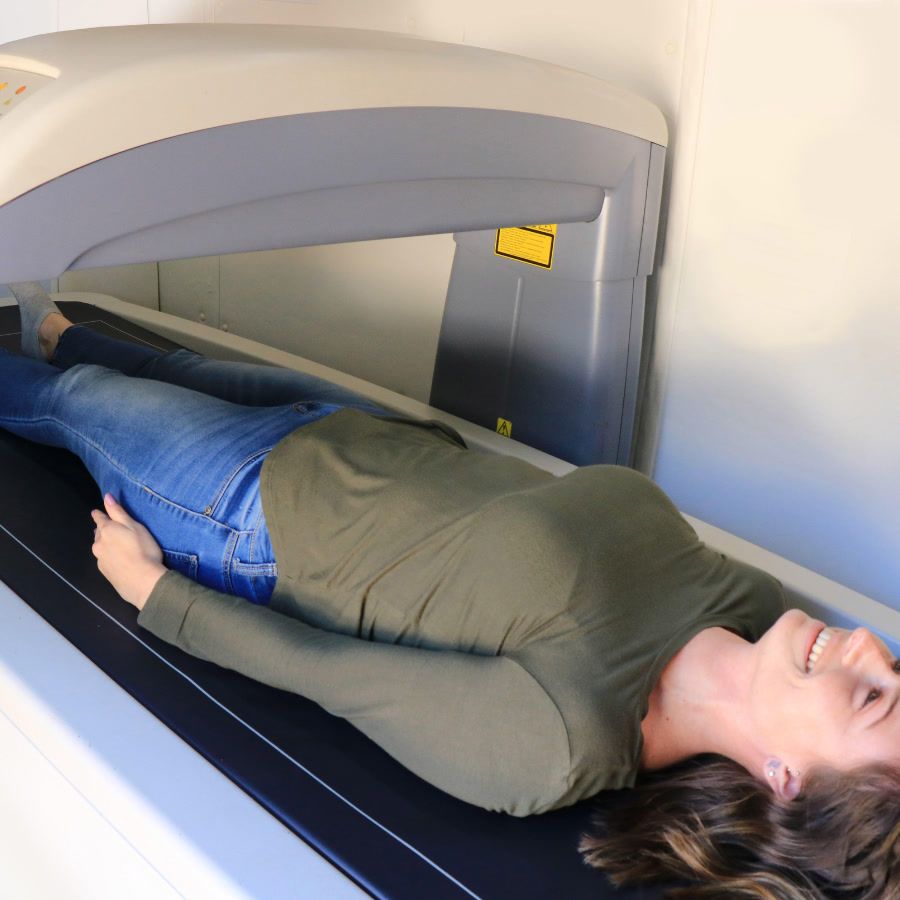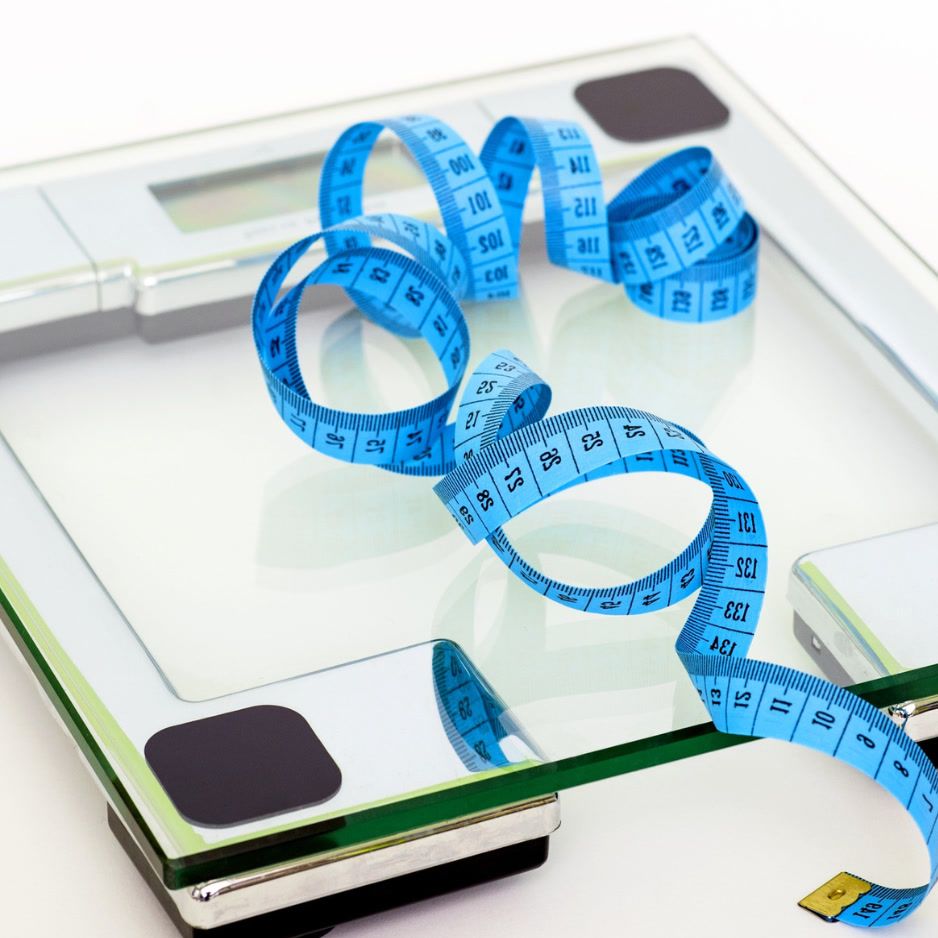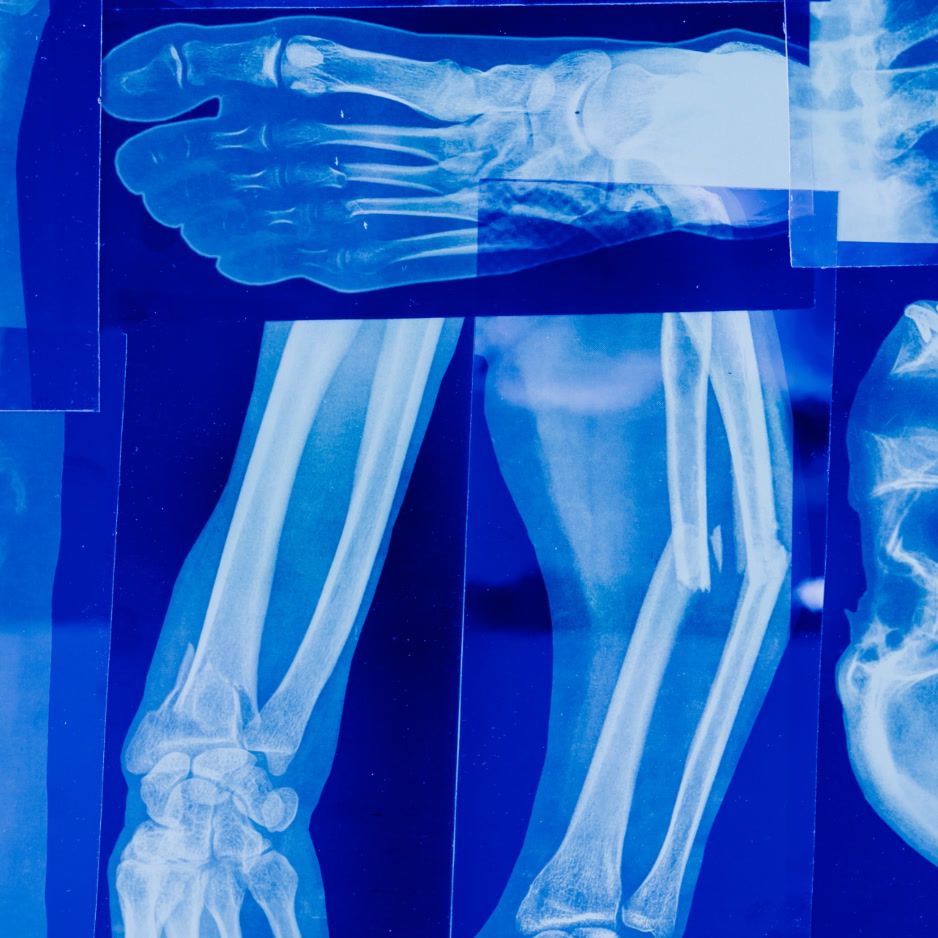How to Get More Energy: 13 Science-Backed Natural Methods
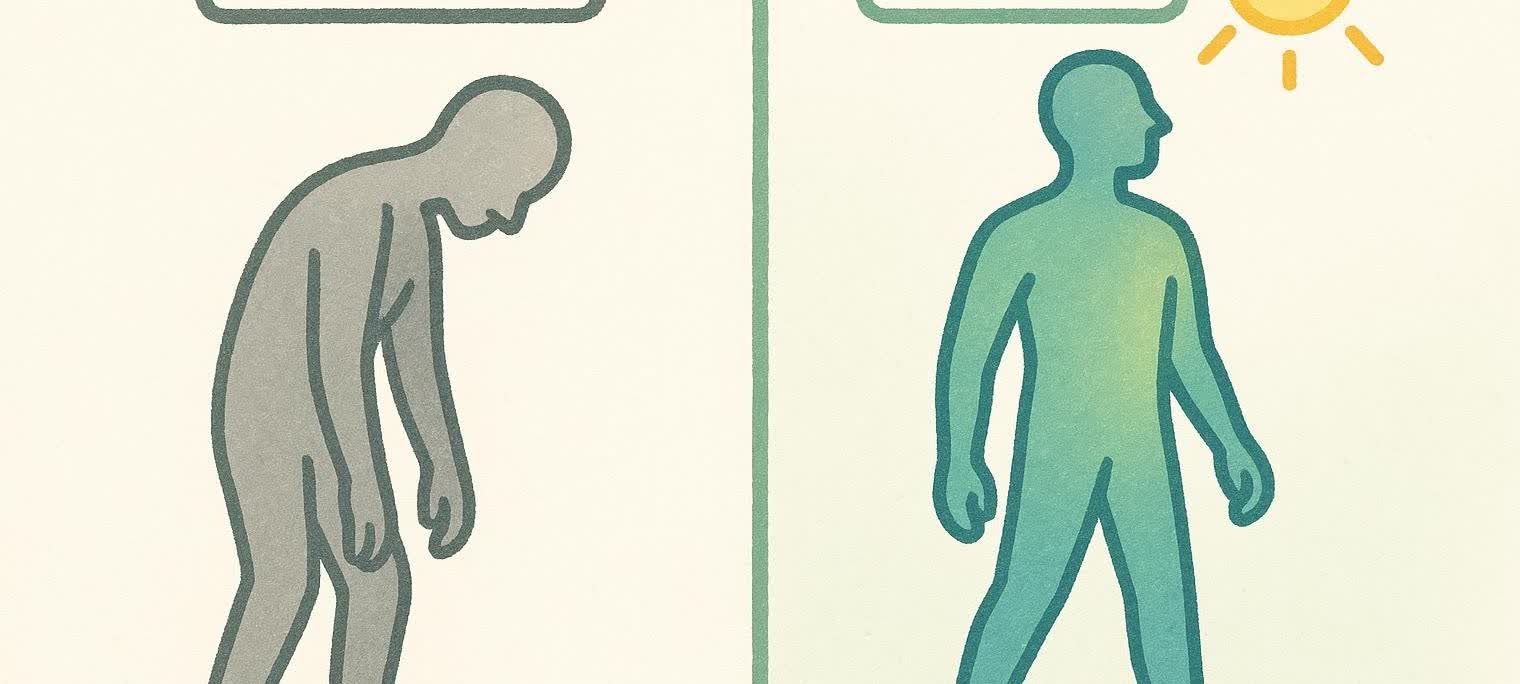
How to Get More Energy: 13 Science-Backed Ways to Boost Your Energy Naturally
Are you constantly reaching for caffeine to get through the day? The truth is, sustainable energy comes from supporting your body's natural metabolic processes—not from another cup of coffee.
Whether you're a busy professional experiencing afternoon crashes, a parent running on fumes, or simply looking to feel more vibrant throughout your day, you'll find practical, evidence-based solutions here that go beyond quick fixes to create lasting vitality.
13 Science-Backed Ways to Boost Your Energy Naturally
1. Build Muscle Mass and Understand Your Body Composition
Most people don't realize that muscle mass plays a crucial role in daily energy levels. Research shows that skeletal muscle metabolism is a major determinant of resting energy expenditure, accounting for significant variance in metabolic rate among individuals.
This means that by increasing your muscle mass, you effectively upgrade your body's metabolic engine, helping you burn more energy around the clock. Lean body mass is strongly correlated with resting energy expenditure, with muscle mass being the primary driver of how many calories you burn at rest.
Think of your metabolism as a car engine. A larger engine (more muscle mass) tends to run more efficiently and powerfully than a smaller one.
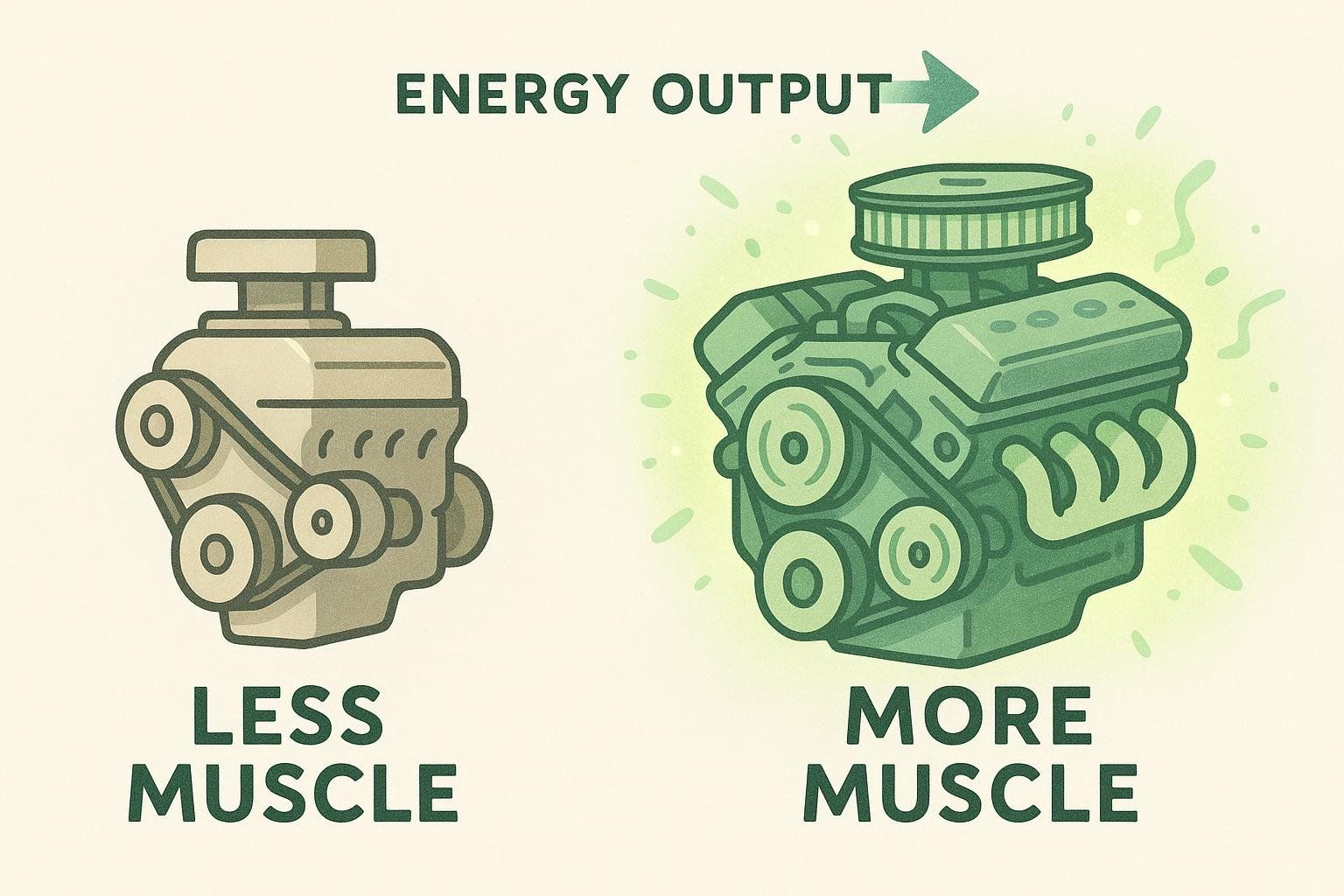
Greater muscle mass also provides more glucose storage capacity and improved insulin sensitivity, leading to better blood sugar control and more stable energy levels throughout the day.
Resistance training significantly increases resting metabolic rate by approximately 5% on average, with much of this increase attributed to gains in fat-free mass.
Action Steps:
- 2-3 full-body resistance training sessions per week
- Focus on compound movements (squats, deadlifts, presses)
- Progressive overload—gradually increase weight or reps
- Include exercises for building lean muscle
- Track your muscle and fat mass with body composition scans to understand your metabolic baseline
- Use regular body composition testing to track changes as you implement energy-boosting strategies
Why Body Composition Data Matters:
- Muscle mass measurements track your metabolic engine's capacity
- Visceral fat assessment identifies energy-draining inflammation (excess visceral fat is linked to fatigue and metabolic dysfunction)
- Regional analysis helps identify muscle imbalances that lead to inefficient movement patterns, wasting energy
2. Prioritize Quality Sleep (The Foundation)

Sleep isn't just rest—it's when your body rebuilds and recharges. Poor sleep quality can reduce muscle protein synthesis by up to 18% and significantly impact your metabolic rate.
Action Steps:
- Aim for 7-9 hours of consistent sleep
- Keep your bedroom cool (65-68°F) and dark
- Establish a wind-down routine 60 minutes before bed
- Avoid large meals close to bedtime for better sleep quality
3. Optimize Your Nutrition for Sustained Energy
Your food choices directly impact energy levels throughout the day. Focus on nutrient-dense, whole foods that provide steady fuel without causing energy crashes.
Complex Carbohydrates for Steady Energy
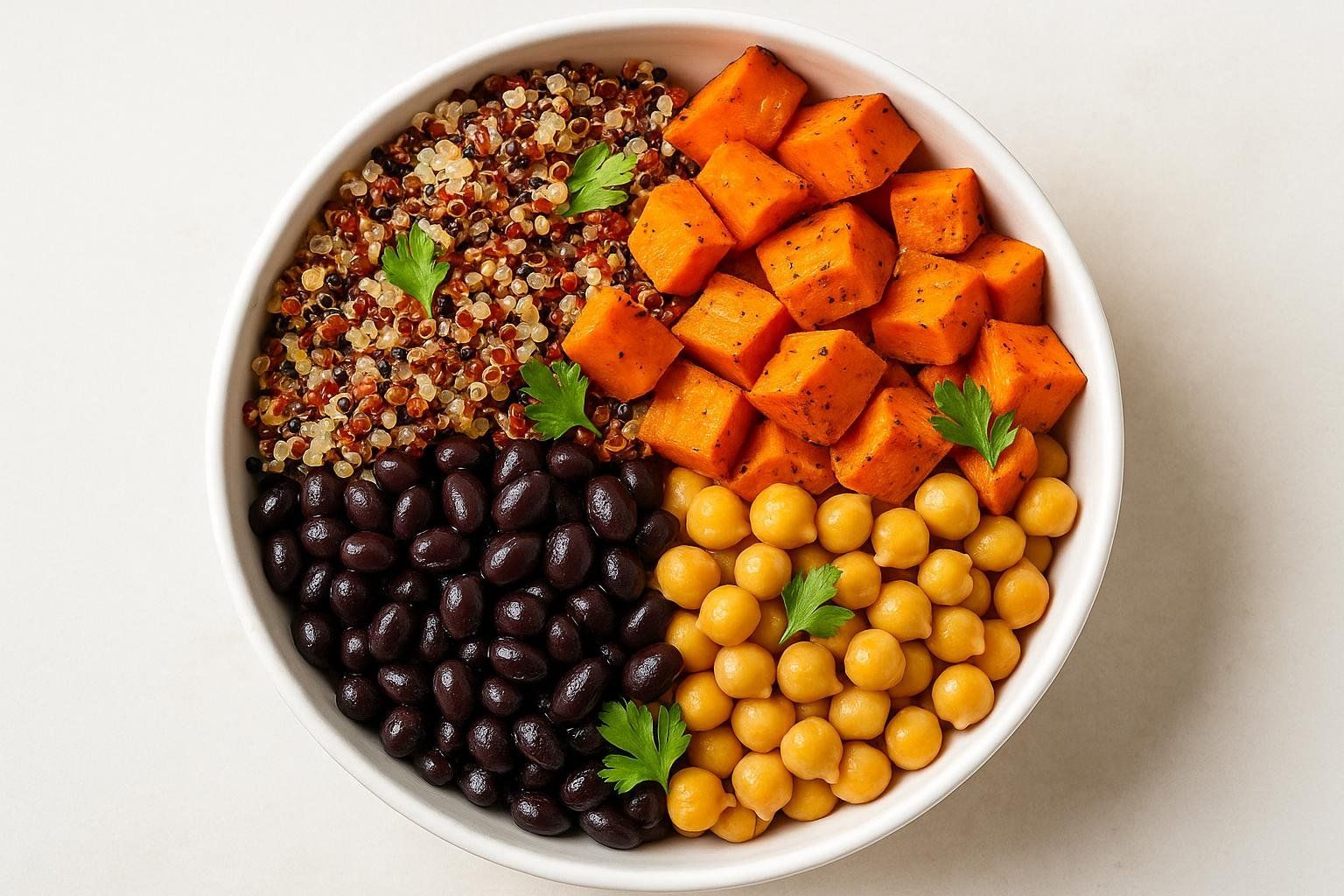
Unlike simple sugars that cause energy crashes, complex carbohydrates provide steady, sustained energy. Focus on low-glycemic index foods that release sugars slowly into your bloodstream.
Action Steps:
- Whole grains (quinoa, brown rice, oats)
- Legumes (lentils, chickpeas, black beans)
- Sweet potatoes
- Nuts and seeds
Strategic Protein Intake
Protein does more than build muscle—it has the highest thermic effect of all macronutrients, meaning you burn more calories digesting it. For those regularly engaging in resistance training, aim for 1.6-2.2 g per kg of body weight as supported by sports nutrition research. For general health and energy, focus on including a high-quality protein source with each meal.
Action Steps:
- Lean meats and fish
- Greek yogurt
- Eggs
- Plant-based options: hemp seeds, spirulina, legumes
- Start your day with a protein-rich breakfast to stabilize energy levels and increase satiety

Limiting Energy-Draining Foods
Ultra-processed foods can cause blood sugar spikes and crashes that lead to energy dips. Studies show that ultra-processed food consumption is linked to higher blood sugar levels and metabolic dysfunction.
Action Steps:
- Minimize processed snacks, sugary drinks, and fast food
- Read ingredient labels and choose whole, minimally processed options
- Prepare meals at home when possible
4. Stay Hydrated
Even mild dehydration—as little as 2% of body weight—can impair cognitive performance and cause fatigue. Your muscles, brain, and organs all need adequate water to function optimally.

Action Steps:
- Start your day with 16-20 oz of water
- Keep a water bottle visible as a reminder
- Aim for pale yellow urine as a hydration indicator
- Include electrolyte-rich foods (bananas, leafy greens)
5. Get Moving Throughout the Day
Non-exercise activity thermogenesis (NEAT) can vary significantly between individuals. Small movements add up significantly to your daily energy expenditure and can help maintain steady energy levels.
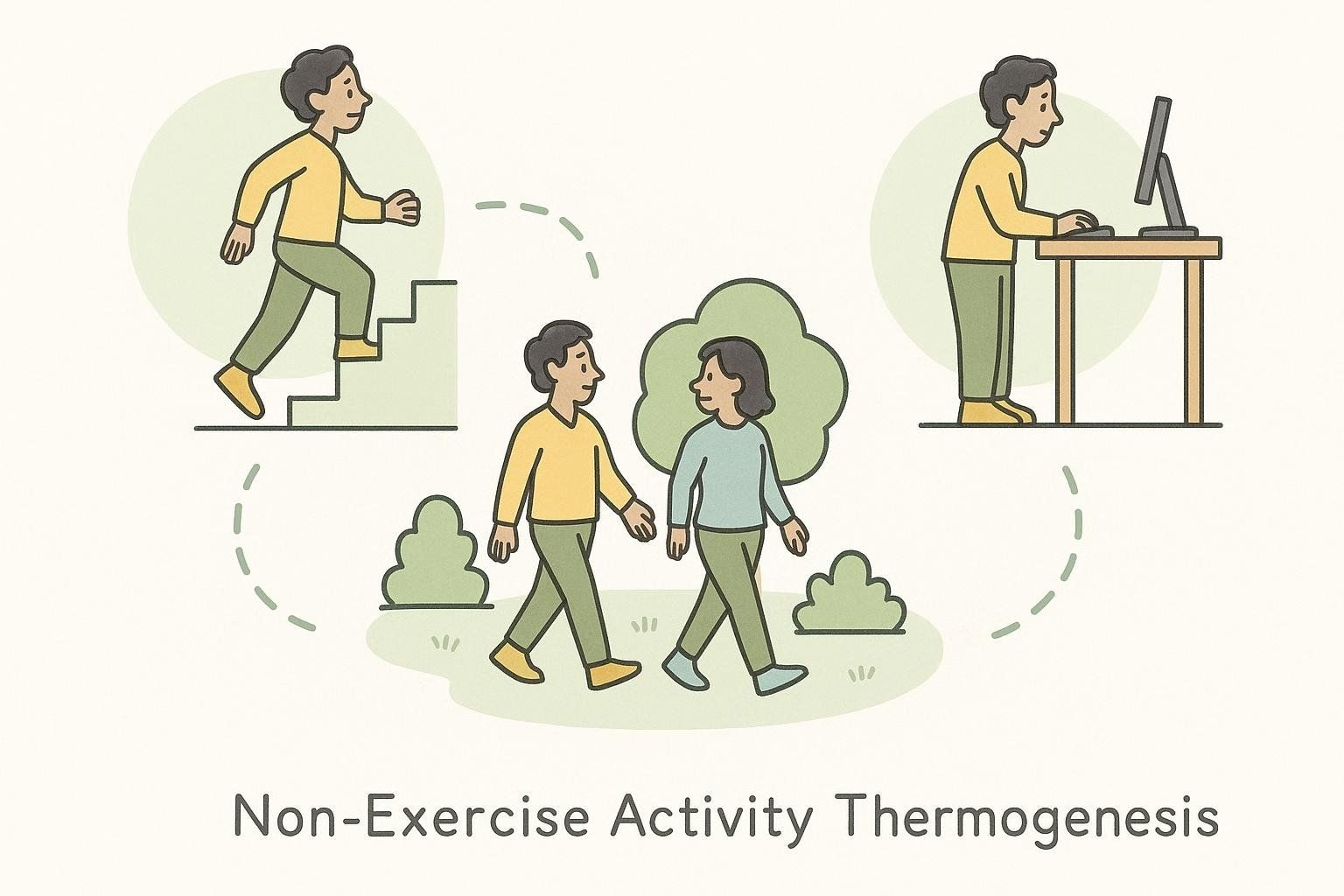
Action Steps:
- Take walking meetings
- Use a standing desk
- Set hourly movement reminders
- Take stairs instead of elevators
- Park farther away
6. Harness the Power of Morning Sunlight
Natural light exposure, especially in the morning, helps regulate your circadian rhythm and improve sleep quality. Sunlight exposure also facilitates vitamin D production and can boost mood and energy levels.

Action Steps:
- Get 10-15 minutes of direct sunlight within 30 minutes of waking
- Take your morning coffee outside
- Consider a light therapy lamp during winter months
7. Support Your Gut Health
Your gut microbiome plays a crucial role in nutrient absorption and energy metabolism. Research shows that the gut microbiome influences human energy balance and metabolic health.
Action Steps:
- Fermented foods (kimchi, kefir, sauerkraut)
- Prebiotic fiber (garlic, onions, artichokes)
- Variety of colorful vegetables and fruits
8. Manage Cortisol Through Stress Reduction
Chronic stress elevates cortisol levels, which can deplete energy and promote fat storage, particularly visceral fat. Exercise and mindfulness-based interventions are particularly effective at reducing cortisol levels and improving overall energy.

Action Steps:
- 5-minute breathing exercises
- Brief meditation sessions
- Nature walks
- Journaling
9. Time Your Caffeine Strategically
Caffeine can be a helpful tool when used wisely. The key is avoiding late-day consumption that disrupts sleep. Research shows that caffeine consumed even 6 hours before bedtime can significantly reduce sleep quality.
Action Steps:
- Time intake 30-60 minutes before workouts for enhanced performance
- Avoid within 6-8 hours of your intended bedtime
- Monitor individual tolerance and adjust accordingly
10. Incorporate High-Intensity Interval Training (HIIT)
HIIT doesn't just burn calories during exercise—it creates an "afterburn effect" that keeps your metabolism elevated for hours. Research demonstrates that HIIT produces greater and longer-lasting post-exercise oxygen consumption than moderate-intensity cardio.
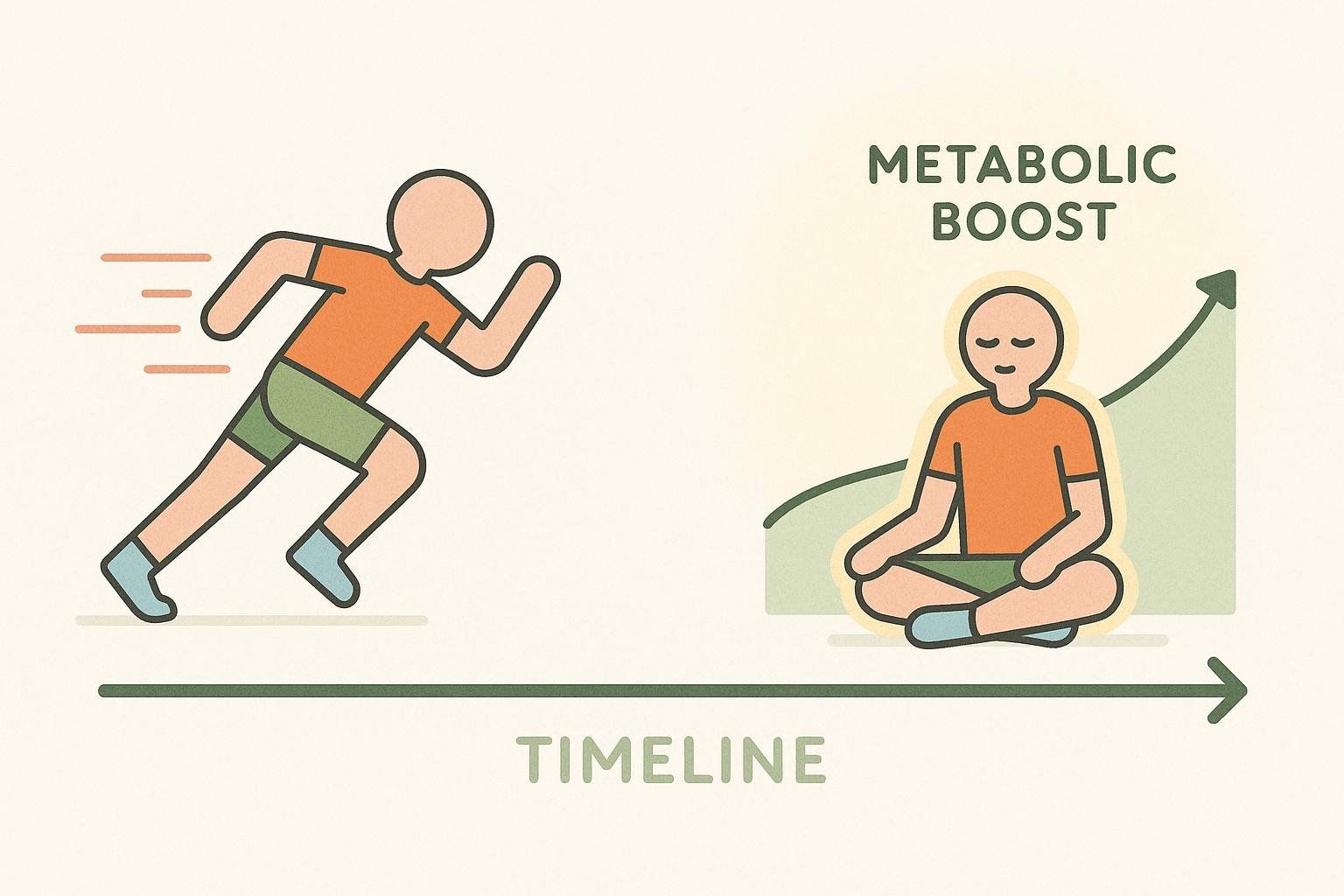
Action Steps:
- Incorporate 1-2 HIIT sessions per week
- Alternate high-intensity intervals (e.g., 30 seconds) with longer recovery periods (e.g., 90 seconds)
- Start with 6-8 cycles and progress to 10-12 as fitness improves
11. Consider Key Micronutrients
Certain vitamins and minerals are essential for energy production:
- Iron (spinach, red meat, lentils): Essential for oxygen transport
- B-vitamins (whole grains, eggs, leafy greens): Critical for energy metabolism
- Magnesium (almonds, dark chocolate, avocados): Required for ATP production
- Vitamin D (fatty fish, fortified foods, sunlight): Supports muscle function
Action Steps:
- Focus on getting these nutrients from whole foods first
- Consult with a healthcare provider about testing for deficiencies before considering supplements
12. Create a Screen-Free Evening Routine
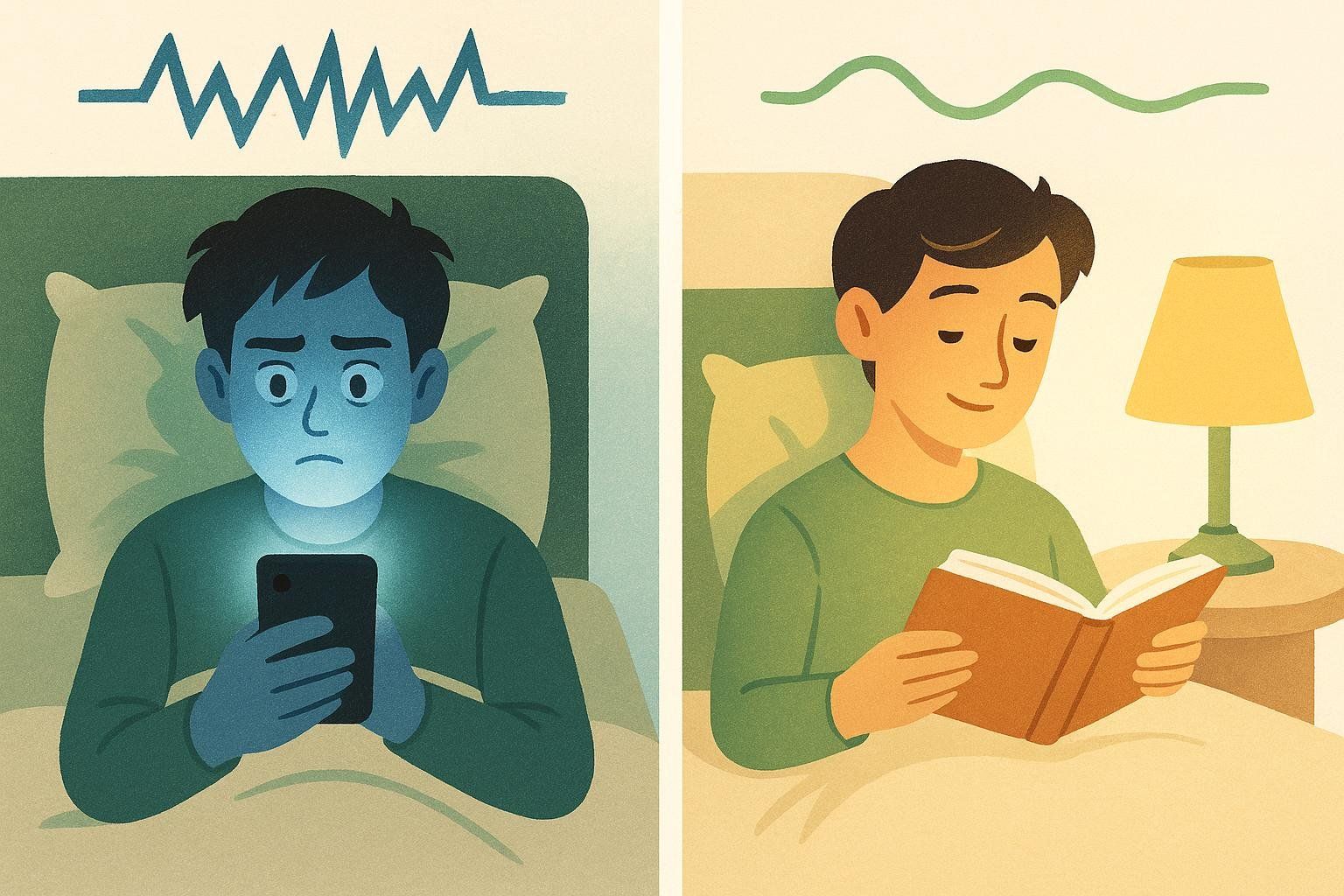
Blue light exposure before bed disrupts melatonin production, affecting your ability to fall asleep and feel refreshed the next day. Creating a "digital sunset" helps protect your natural sleep-wake cycle.
Action Steps:
- Set screens to "night mode" 2 hours before bed
- Use warm lighting in the evening
- Keep phones out of the bedroom
- Replace evening screen time with reading or gentle stretching
13. Maintain Consistent Meal Timing
Irregular eating patterns can destabilize blood sugar and energy levels throughout the day. Your body thrives on predictable fuel delivery, which helps maintain steady energy without dramatic peaks and crashes.
Action Steps:
- Eat every 3-4 hours to maintain steady blood sugar
- Don't skip breakfast to stabilize morning blood sugar and energy levels
- Plan balanced snacks between meals if needed
- Avoid eating large meals late at night
Your 12-Week Plan for More Energy
Here's an example of how you might gradually implement these strategies. Feel free to adapt this timeline to fit your lifestyle and start with the changes that feel most manageable for you.
Week 1-2: Sleep & Hydration Foundations
- Establish consistent sleep schedule and bedtime routine
- Begin tracking water intake and increase hydration
- Start daily 10-minute morning walks for sunlight exposure
Week 3-4: Nutrition & Movement Foundations
- Add protein to breakfast and implement meal timing consistency
- Begin 2 resistance training sessions per week
- Implement NEAT strategies throughout the day (take stairs, walking meetings)
Week 5-8: Advanced Strategies
- Introduce strategic caffeine timing and screen-free evening routine
- Add HIIT sessions 2x per week to your routine
- Focus on stress management techniques like meditation or journaling
Week 9-12: Assessment & Optimization
- Assess your progress with objective data by scheduling a DEXA scan to measure changes in muscle and fat mass
- Keep a simple daily journal to rate your energy on a 1-10 scale to track progress and identify patterns
- Fine-tune strategies based on what works best for your lifestyle
Common Energy Drains to Avoid
The Afternoon Sugar Crash
Relying on sugar for afternoon energy creates a vicious cycle of spikes and crashes. When your blood sugar drops rapidly after a high-sugar snack or meal, you experience fatigue, brain fog, and cravings for more sugar. Instead, opt for protein-rich snacks paired with complex carbs—like apple slices with almond butter or Greek yogurt with berries—to maintain steady energy levels throughout the afternoon.
Over-Exercising Without Recovery
While exercise boosts energy, too much without adequate recovery can lead to chronic fatigue and burnout. Signs of overtraining include persistent tiredness, declining performance, frequent illness, and mood changes. Include at least one full rest day per week, prioritize sleep, and listen to your body's signals. Recovery isn't laziness—it's when your body adapts and builds the energy systems you're training.
When to Seek Professional Help
While these natural strategies are effective for most people, persistent fatigue despite lifestyle improvements may indicate underlying issues:
- Thyroid disorders
- Sleep apnea
- Hormonal imbalances
- Nutrient deficiencies
- Depression or anxiety
Consult with a healthcare provider if you experience ongoing fatigue, especially if accompanied by other symptoms like unexplained weight changes, difficulty concentrating, or mood changes.
Key Takeaways
Boosting your energy naturally isn't about finding one magic solution—it's about creating a comprehensive approach that addresses sleep, nutrition, movement, stress management, and body composition. The strategies outlined here are backed by scientific research and can be implemented gradually for sustainable results.
Remember:
- Sleep and stress management form the foundation
- Muscle mass is your metabolic engine—build and maintain it
- Consistency beats perfection
- Objective data (like body composition changes) helps measure progress
- Small, sustainable changes compound over time
Transform Your Energy Today
Transform your energy levels with data-driven insights. Start implementing these foundation strategies this week, and schedule your DEXA scan to discover exactly how your body composition affects your daily vitality. Your path to lasting energy starts with understanding your unique metabolic profile.
